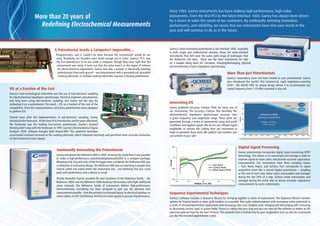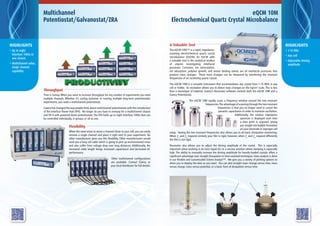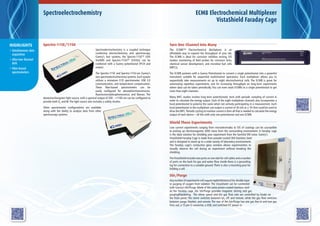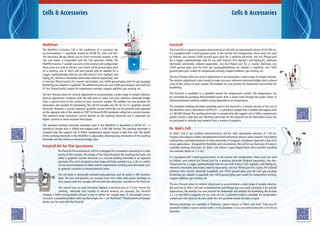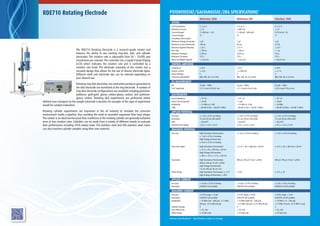The document summarizes the history and capabilities of Gamry Instruments, a company that designs and manufactures electrochemical instrumentation. Some key points:
- Gamry was founded in 1989 and has focused on innovation, performance, and reliability to meet customer needs. They introduced the first potentiostat integrated into a computer and pioneered floating and sub-harmonic sampling techniques.
- Gamry offers a range of potentiostats including the high-performance Reference series and more affordable Interface 1000. Their instruments are suitable for applications like corrosion testing, coatings evaluation, and energy research.
- In addition to standard electrochemical techniques, Gamry potentiostats feature accurate impedance spectroscopy, custom experiment capabilities, and

